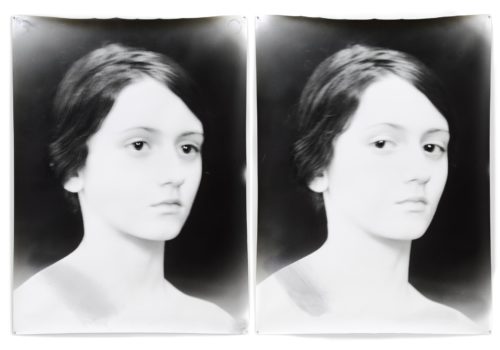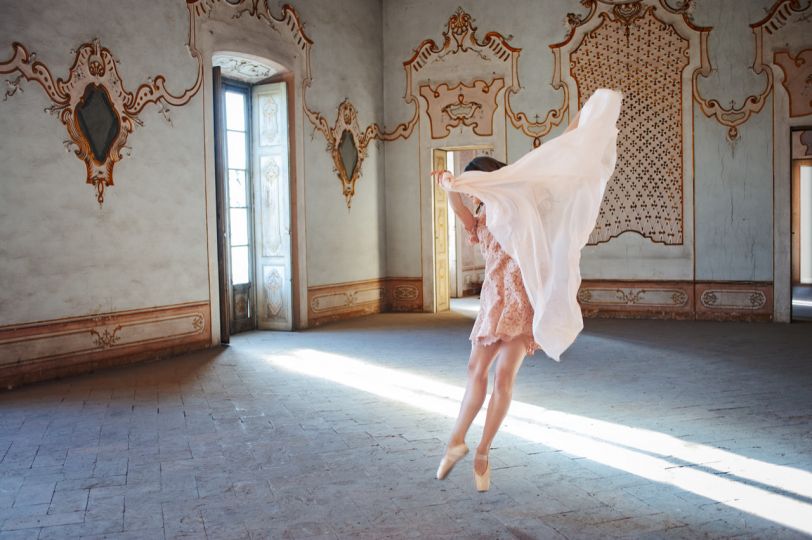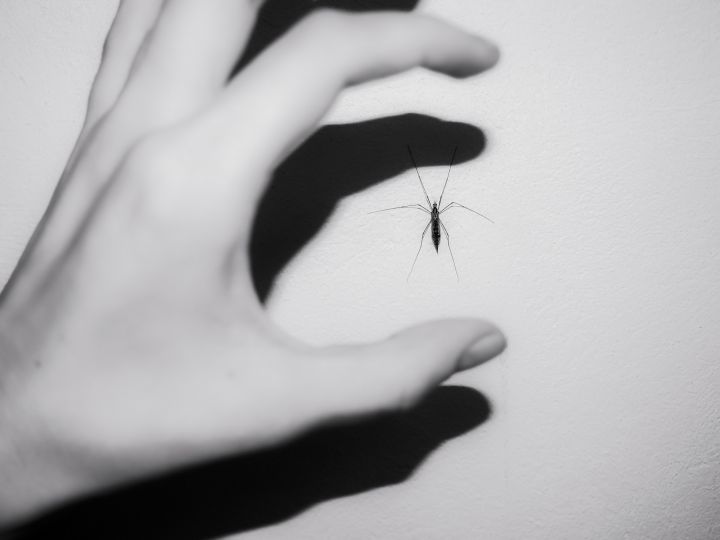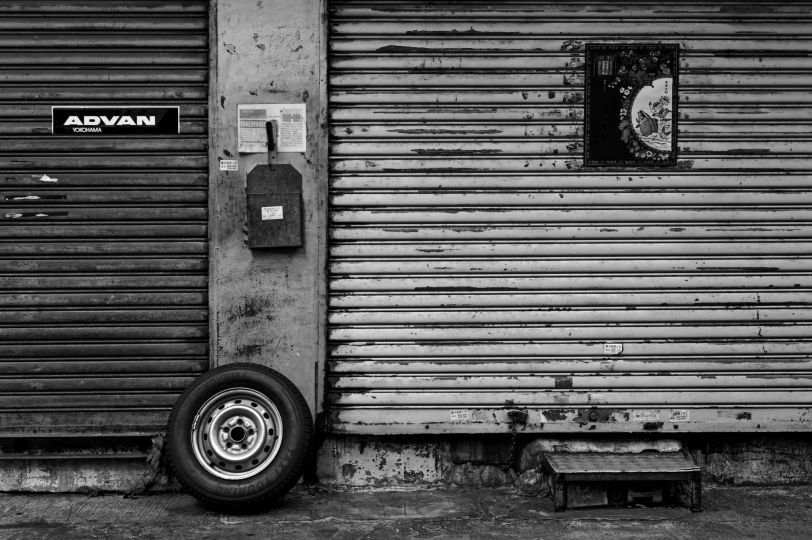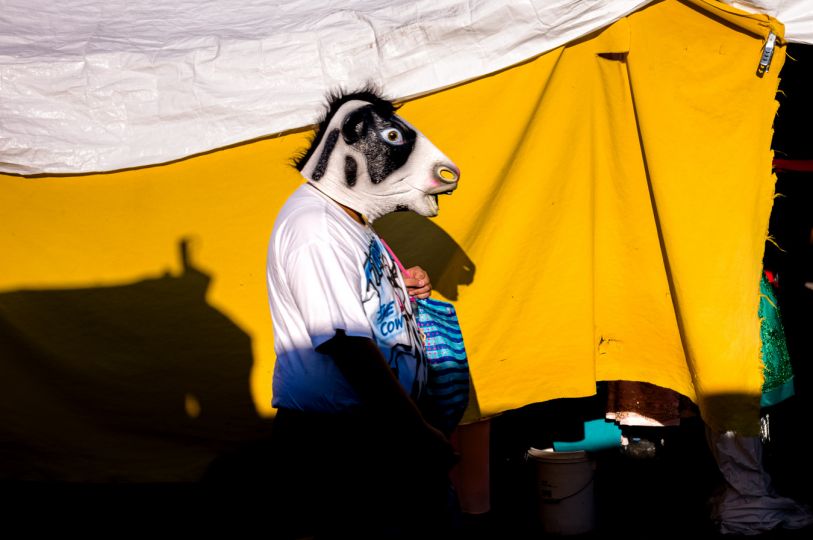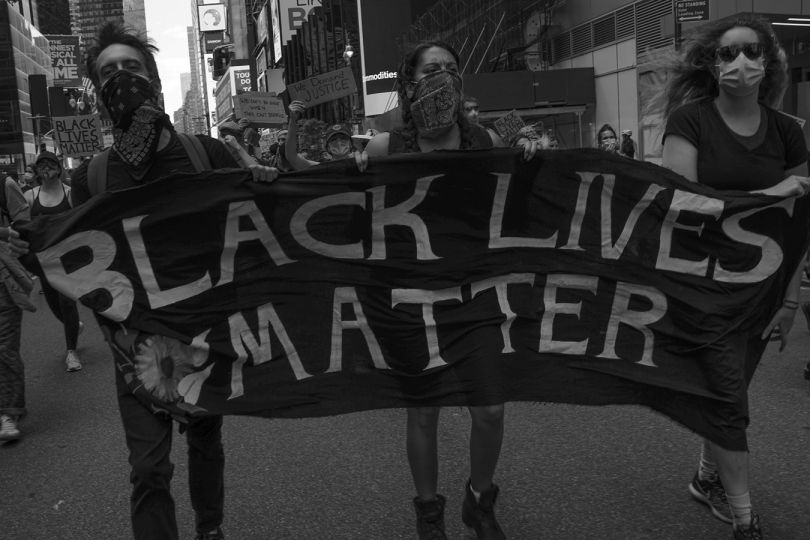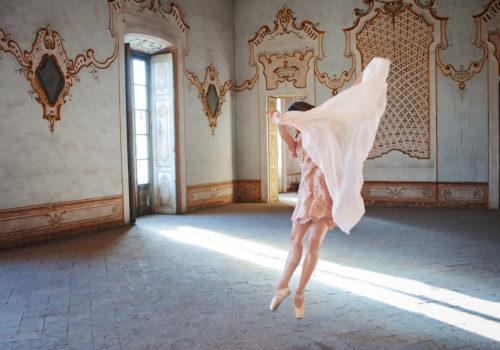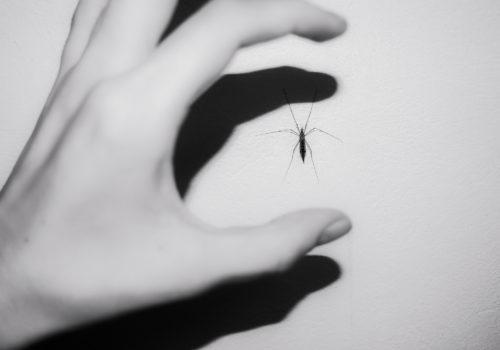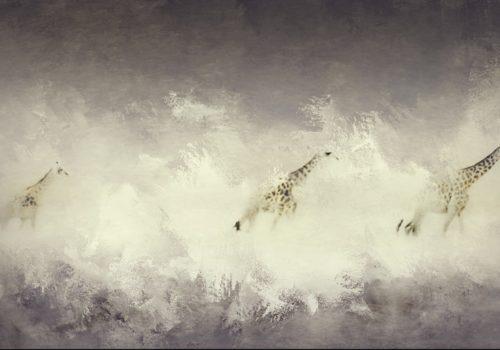In an age when the world, and the medium of photography in particular, is dominated by digital techniques, and the attribute of authenticity is acquiring ever more value, the work of Jeff Cowen has a special place. In Cowen’s approach the transience and ephemerality of photography is paradoxically united with the immortality and tractability of painting. The modern aspect he imparts to his work is in using the photographic process to transform his subjects into something profoundly personal. The layers that Cowen adds to his photographic works blur the original meanings of his subjects, soften their sharp contours, and affect a transformation that lifts them from the banal to the sublime.
This article is reserved for subscribed members only. If you are already a member, you can log in here below.
Subscribe for full access to The Eye of Photography archives!
That’s thousands of images and articles, documenting the history of the medium of photography and its evolution during the last decade, through a unique daily journal. Explore how photography, as an art and as a social phenomenon, continue to define our experience of the world. Two offers are available.
Subscribe either monthly for 8 euros (€) or annually for 79 euros (€) (2 months offered).

